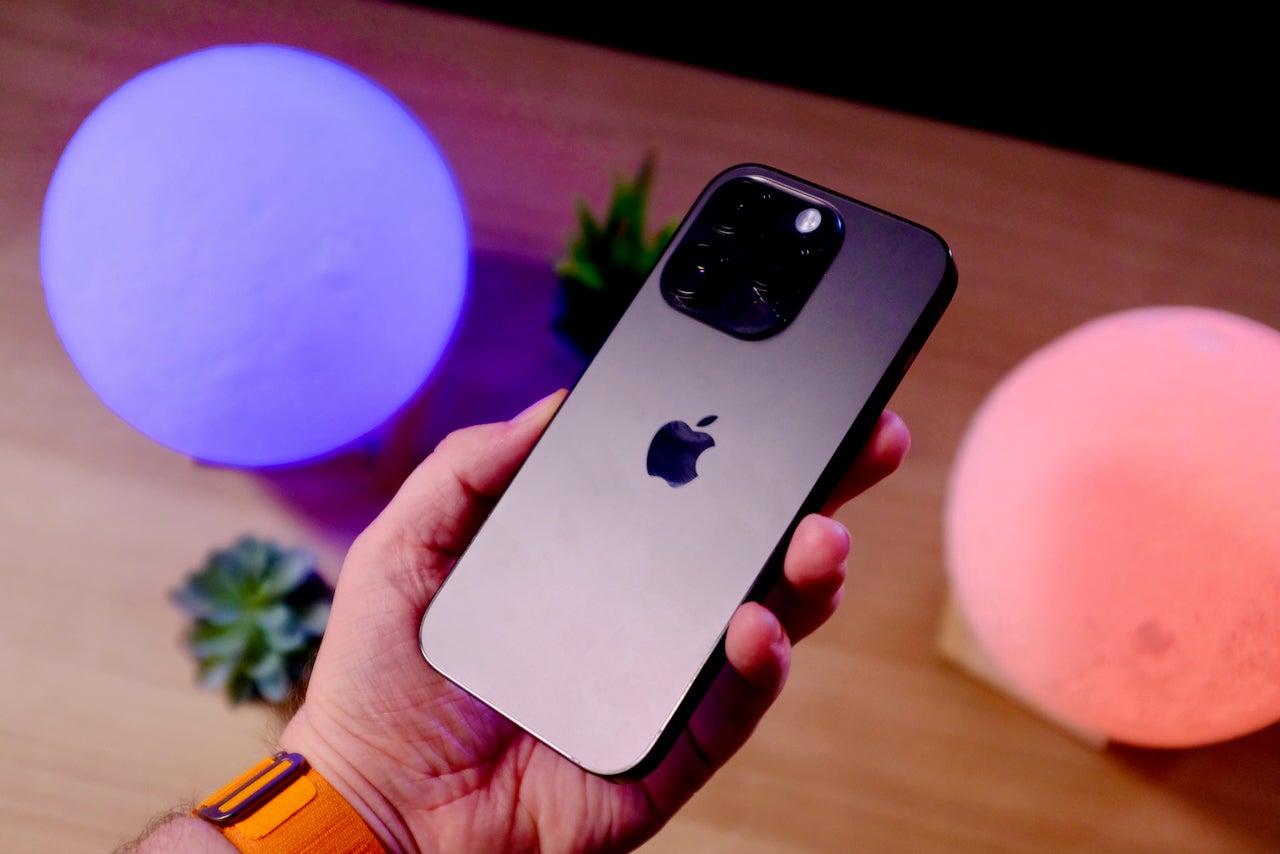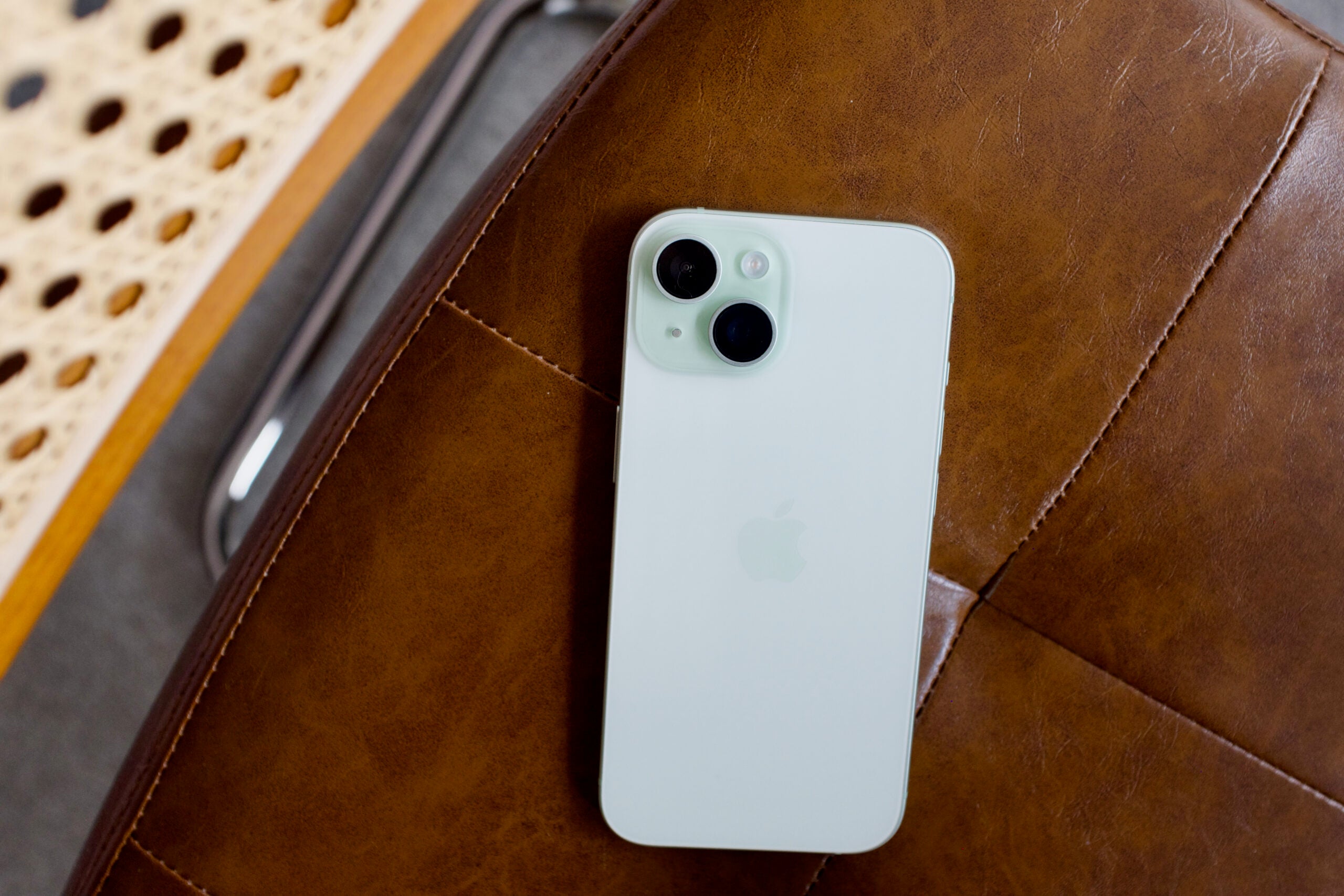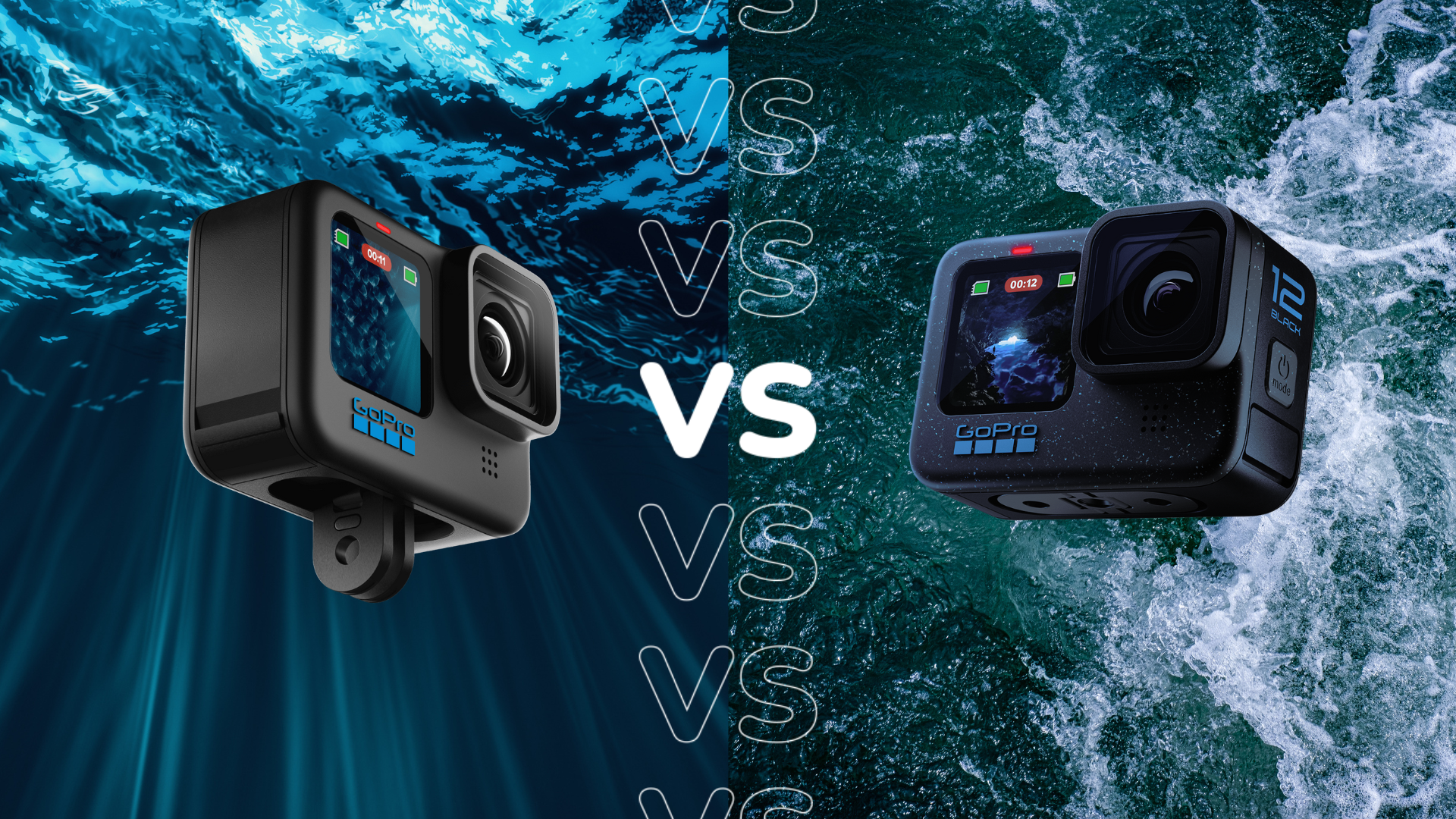iPhone 15 vs iPhone 14 Pro: Has Apple outdone itself?

The latest iPhone 15 range has brought about a batch of new features, but can it stack up to the last-generation Pro model?
We finally got to experience the iPhone 15 in all its glory and it managed to snag a 4-star review and Trusted Reviews Recommended badge from our Editor. With the inclusion of new software and some hardware updates, the latest vanilla handset from Apple may be hard to beat.
But we can’t necessarily forget all the iPhone models that have come before. The iPhone 14 Pro was released last year and scored an almost faultless 4.5 stars, giving the iPhone 15 a lot to live up to.
To help put things into perspective, we’re going to be running through everything you need to know about the iPhone 14 Pro and iPhone 15, including all the key differences and similarities, so you can make an informed decision regarding your next handset.
Design and Screen
Both the iPhone 14 Pro and iPhone 15 come with a 6.1-inch Super Retina XDR display with a 2556×1179 resolution. They also both come with Dynamic Island, which we felt was a welcome replacement, offering a handy place to store relevant information as well as taking over from the unsightly notch. Both screens were very bright and could easily be used outdoors, with colours being accurately represented thanks to HDR support.


The main difference between these displays is the refresh rate. The iPhone 15 has a standard 60Hz refresh rate, while the iPhone 14 Pro comes with the benefits of Apple ProMotion. This allows the panel to ramp up and down – as low as 1Hz – which makes scrolling and swiping feel a lot smoother. If you’re looking for a premium screen experience, then you will want to opt for the iPhone 14 Pro model.
The iPhone 14 Pro retains the same style as the iPhone 13 Pro, with flat, shiny stainless steel sides that smudge easily, as well as a frosted glass back. Apple tweaked the chassis on the iPhone 15 that’s been around since the iPhone 11, with a smoother, frosted back that eschews fingerprints completely and feels much gripper than the glass on the iPhone 14.


Performance
Both these handsets come with the Apple A16 Bionic chipset, which boasts a 6-core CPU and 5-core GPU. This chip brought about some new features, like Car Crash Detection – a feature that uses the sensitive accelerometer inside the phone to alert emergency services after a collision – as well as a handy emergency SOS feature.
We found that the iPhone 14 Pro felt smooth to use, with no lagging or stuttering during our review period. The iPhone 15 was a very similar story, with our Editor claiming that it’s a supremely capable chipset for the price. This chip can outperform far pricer Android handsets, so you can rest easy knowing that you won’t have any issues with day-to-day browsing or even gaming.
Camera
The iPhone 14 Pro comes with a triple-camera setup, including a 48-megapixel main sensor, 12MP ultrawide lens and two 12MP telephoto sensors that have support for 2x and 3x optical zoom. At the time of our review, we felt that this was the best camera phone on the market, churning out excellent shots no matter the conditions. It can kick into Night Mode a lot quicker than its predecessor, the iPhone 13 Pro, with shots taken in daylight conditions looking very strong.




In comparison, the iPhone 15 has a dual camera setup, although Apple has made some notable improvements. It comes with a 48-megapixel main sensor as well as a 12MP ultrawide and telephoto sensor that has support for 2x digital zoom, lacking the dedicated telephoto lens of the Pro models.
The larger main sensor allows for sharper, more detailed images that can be zoomed in on without sacrificing as much detail. Deep Fusion and Smart HDR – which also feature on the iPhone 14 Pro – deliver vibrant and oversaturated colours, no matter the subject.




Battery Life
iPhones don’t usually come with the most impressive endurance on the market, but Apple has managed to make some improvements over the years. We found that the iPhone 14 Pro still had between 10-15% left in the tank after a long day, with that number reaching up to 20% if the always-on display was turned off. An hour of video playback on Netflix took 10% off the battery life, and 30 minutes of light gaming reduced the battery by around 5%.
The iPhone 15 was pretty similar, eating through 8% after an hour of Netflix and another 8% after 30 minutes of light gaming. By the end of the day it had between 20-30% of battery left in the tank, suggesting that it might offer a little more endurance than the iPhone 14 Pro.
It’s also worth noting that the iPhone 15 comes with a USB-C charging port, while the iPhone 14 Pro comes with the traditional Apple Lightning port. The inclusion of the USB-C port hasn’t had any effect on the charging speeds, but it should make it more convenient.
Final Verdict
Overall, both the iPhone 15 and iPhone 14 Pro are very reliable handsets. The iPhone 14 Pro is the more expensive option out of the two, coming with a £1099/$999 price instead of the iPhone 15’s £799/$799 price tag, though it can be found cheaper now that the iPhone 15 Pro is available.
Since these handsets both come with the same chipset, there won’t be a massive performance difference between these two phones, and it’s a similar story with Dynamic Island. One of the biggest differences between these phones is that the iPhone 14 Pro comes with ProMotion, which should make it feel a lot smoother to use than the iPhone 15. The triple camera array is also more impressive on the iPhone 14 Pro, so it may be better suited for any camera enthusiasts.
If you don’t mind the higher price and want the benefits of a larger camera sensor and ProMotion technology, then the iPhone 14 Pro will be your best bet. However, if you want to save a bit of money and don’t mind missing out on a few premium features, then the iPhone 15 is still a great option.







